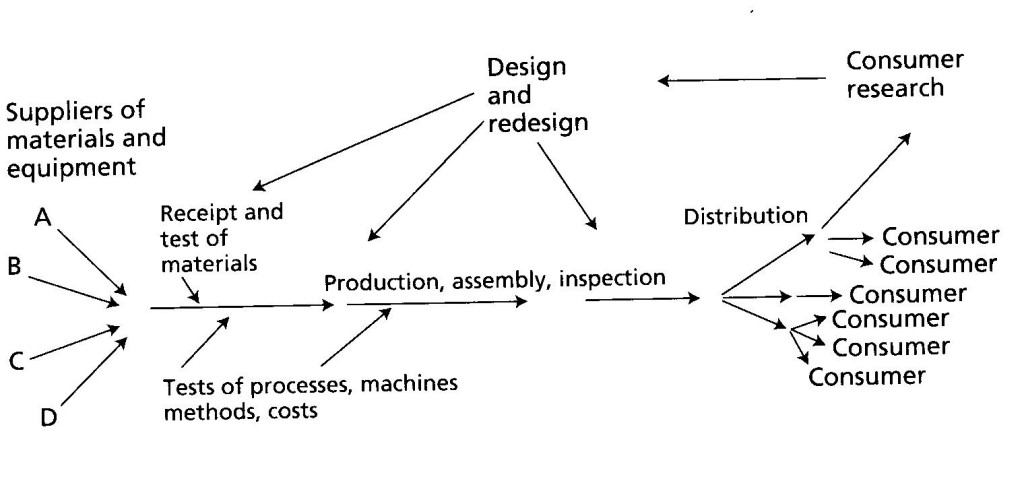When we look at a problem, we should devise the best set of methods that we know of to solve the problem. However, many of us are prisoners of our own tools. How does that happen? It is very simple. If we are a Lean, Six Sigma or even a Theory of Constraints practitioner, we often times become prescriptive to the methods developed for that field. In conversation, you easily pick up which field someone favors just in the nomenclature they use, especially in problem solving.
In solving a problem, we all have a tendency to gravitate to what we know best. It is the same in practically for any application or for that matter, job. The old saying is so true; “if all you have is a hammer, soon everything starts looking like a nail.” This can be counterproductive and stop many methodologies or the people and organizations using them from advancing. Of the three that I mentioned, Lean seems to be the most predominant one at the moment. Why? I believe Lean has adapted itself better than the others because it has been less prescriptive and more iterative in its process.
These iterations, these trials or as we call them in developing an A3 – countermeasures, reflect our current thinking. Capturing this thought and improving on it (PDCA Cycle) allows for refinement of our observations and will decrease what we call the performance gap. This is validated by putting our countermeasures or course of actions into practice. This approach has served us well and substantial gains have been made with Lean.
Dr. Deming showed how customers and suppliers are brought into, and become part of, the production system. The outline he so often used is depicted below.
For the most part, gains have been limited to internal processes. We have recently started looking at more encompassing end to end supply chain to include suppliers, distribution and in some cases even the consumer. However, for the most part, these activities are based on getting others to “think” like we do.
The world around the structure of process improvement that Dr. Deming depicted has changed. In fact, the days where we once pushed products out to consumers assuming Better, Faster, Cheaper was a winning formula are gone. The days where we could test many of our assumptions, our improvements and close our performance gaps have also disappeared. We learn best through our experiences, but now we have relinquished much of the control of the consequences and understanding of the outcome. We must incorporate and trust the feedback from the consumer.
I started out this conversation by touching upon how Lean has developed through the iterative process and is more adaptive than other processes. However, traditional Lean thinking has stayed centered on this end to end process structure. The Lean Startup Methodology is a prime example of the expanded view that is needed in Lean. It focuses on customer development and product/market fit. It focuses the internal efforts of the process on being validated by the marketplace, the consumer. A little prescription of The Lean Startup maybe is what Lean needs?




Comments are closed.